The silent "road soldiers"
Surely each of us has experienced the North-South journey on trains many times. And to ensure the safety and peace of passengers, there are people who silently and quietly devote themselves to the job of patrolling the roads and tunnels day and night.
One day in mid-June, we went to Le Son Street (Van Hoa Commune, Tuyen Hoa) to listen to and experience the work of road and tunnel patrollers, thereby understanding more about the "hidden corners" of this special profession.
Le Son Road Supply and Demand is managed by Team 2, Quang Binh Railway Joint Stock Company. Their main task is to manage, patrol the road, tunnels, guard the level crossing, and maintain 37.2km of railway. Notably, on the section managed by Quang Binh Railway Joint Stock Company, there are 5 tunnels located in Tuyen Hoa district, built during the French period with a total length of 684m, while Le Son Road Supply and Demand manages 2 tunnels, which are tunnel number 4 (over 100m long) and tunnel number 5 (194m long). This is one of the most complex and dangerous terrains of the railway section passing through the province. Because the route is located at the foot of the mountain and right on the bank of Gianh River, there is a potential risk of falling rocks or landslides during the rainy season, causing unsafe train operations.
The Le Son Road Supply and Demand Headquarters is located at the end of the Van Hoa Commune field, next to the Gianh River, but hidden among the silver-gray limestone mountains. Without a guide, it would be very difficult to find. Because of its remote and isolated location, the people working here could not hide their surprise and joy when we visited and asked to stay one night to learn and experience the profession with them.
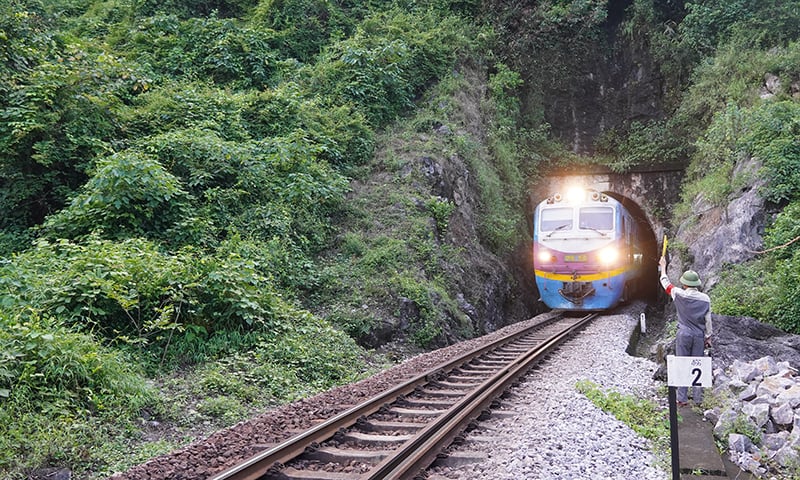 |
Deputy Team 2 Captain Nguyen Duy Hieu and Captain Mai Dinh Hai, who have been working in the bridge, railway and Le Son road industry for decades, excitedly shared: “Since the Dong Hoi-Vinh market trains stopped operating, although there are dozens of trains passing by every day, very few stop here. And if they do stop, no one gets off. Therefore, we are only used to seeing passengers passing by, but rarely get to welcome visitors.”
Lonely is probably the most accurate phrase to describe the lives of those who work as road patrollers and railway tunnel patrollers here. At Cung Cau Duong Le Son, the loneliness is not only due to the few visitors but also due to the geographical isolation. In the old headquarters of the unit, the soldiers tried to set aside a dormitory room, equipped with beds, blankets and curtains to welcome guests, but that room is rarely used.
At Le Son Bridge, the rainy and stormy seasons are the most dangerous. Almost every year, the brothers are worried about landslides and falling rocks, affecting train safety. But the saddest and loneliest days are the Lunar New Year. Many people, due to the rotation of work, have welcomed the New Year right on the railway tracks 5 or 6 times...
26 years, walking more than 4 times around the Earth
Following the tunnel patrol officer in charge of tunnel No. 4, Mr. Tran Ngoc Khanh, we experienced “going on shift” with them. Mr. Khanh explained that “going on shift” is a technical term in the railway industry, similar to “going on shift” in other technical labor sectors. For a tunnel patrol officer like him, “going on shift” means working continuously for 12 hours, requiring strict time and high concentration. Every day there are 2 shifts and 2 people taking turns. The shift lasts about 15 minutes to hand over the tunnel patrol equipment and sign the status report to the next person on duty.
Together with Khanh, we walked steadily on each rail. While we had to pay attention to each step to avoid tripping, Khanh's steps were steady, his eyes always carefully observing each bolt and screw right below the rail and the rail. With a skilled eye, just by looking, Khanh could recognize which bolt might be loose and use a wrench to tighten it. Khanh is 49 years old this year, his entire youth has been attached to the railway industry. From a road repair and maintenance worker, he received professional training before moving to work as a tunnel patrol officer.
Over the past 10 years, his footsteps have left their mark on the tunnels and railways in Tuyen Hoa with a total length that is not small. Mr. Khanh talks about the task of a tunnel patroller: When receiving the "passing" signal for the train to pass through the tunnel, he or his colleagues quickly put on their "work clothes" including flags, signal lights, whistles and flares, and urgently set out to check the safety of the railway tunnel. When reaching the end of the tunnel and the other stop, he reports safety to the "passing" unit so that they can order the train to move.
“The Le Son Road Supply and Bridge currently has 19 road patrol staff and 15 tunnel patrol staff, the youngest is 30 years old and the oldest is 55 years old. All have many years of experience, love their jobs and are highly responsible. The Le Son Road Supply and Bridge is considered a place with relatively difficult terrain, with Gianh River on one side and rocky mountains on the other, with the potential risk of rocks falling onto the railway or blocking the tunnel entrance during the rainy and stormy season. However, overcoming those difficulties and hardships, over the years, the road has always been guaranteed to be safe, helping trains on the trans-Vietnam railway to travel smoothly and safely,” said Mai Dinh Hai, Head of the Le Son Road Supply and Bridge. |
The train passed, he had to patrol the tunnel and then return to his post. The signal to ask for permission to pass rang again, and at any time during the shift, Khanh and the other tunnel patrollers had to go out to check. This job was repeated over and over again all day long, with an average of 25 trains passing through each day.
After passing tunnel 4, we arrived at the guard station at the end of the tunnel, which was also the time for the staff to meet. The next person to take charge was a fairly young staff member named Hoang Duc Hien. Hien took charge of shift 2 at 6:00 p.m. and with 12 hours of continuous duty, he could not sleep that night. The tunnel patrol brothers confided that, in order to stay awake and alert at work when "on duty", they had to take advantage of sleeping and resting when they came down from duty to ensure the health of the next shift. Being on duty in the deep mountains and forests and absolutely not being allowed to leave their posts even for a few minutes, the tunnel patrols had to bring food and water to serve themselves.
At Le Son Road Bridge, the person with the longest experience in the road patrol and tunnel patrol profession is Mr. Le Hai Chau, 52 years old. The man has a small but strong body and a quick style. Mr. Chau said that up to now, he has been in the profession for 26 years. On average, he walks more than 6,000km each year. Thus, with 26 years of being on the road, he has walked 156,000km, equivalent to nearly 4 times around the Earth...
Phan Phuong
Source: https://baoquangbinh.vn/xa-hoi/202506/lang-le-nghe-tuan-duong-ham-o-le-son-2227400/



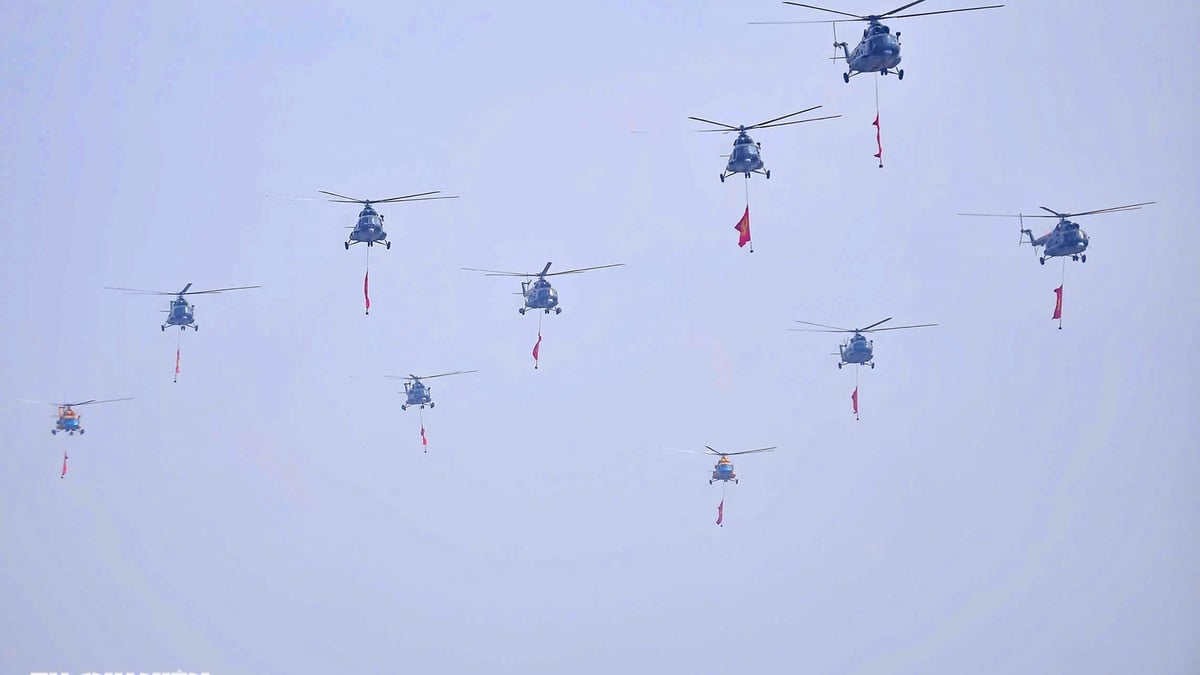
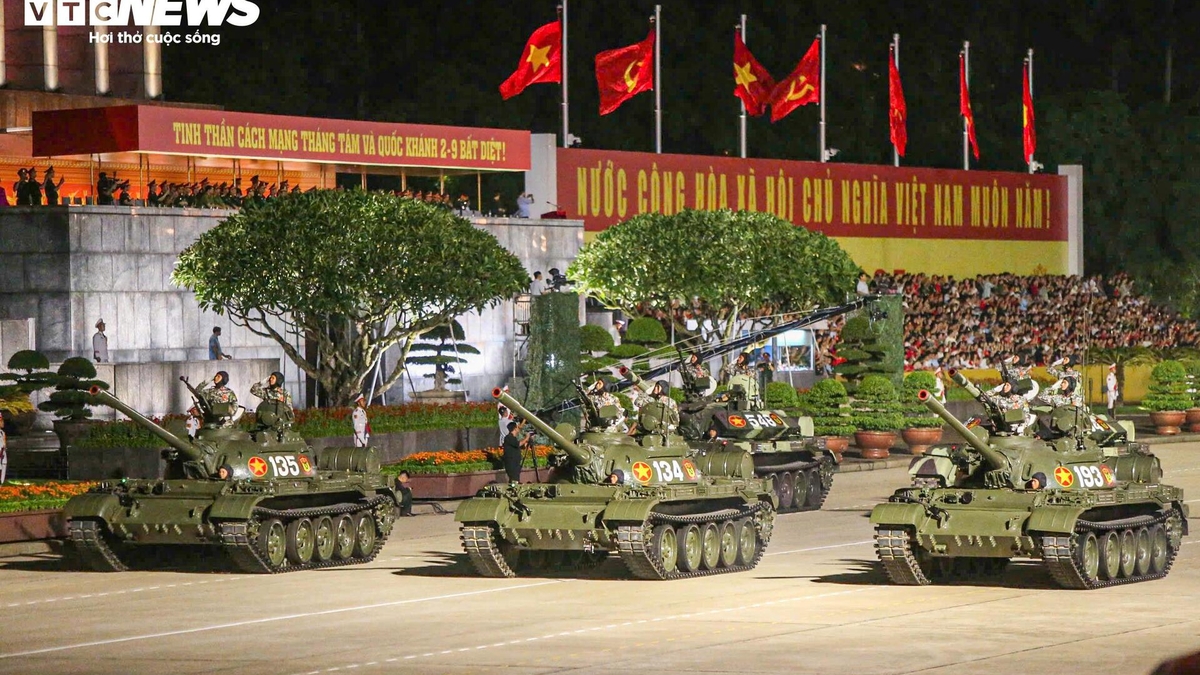
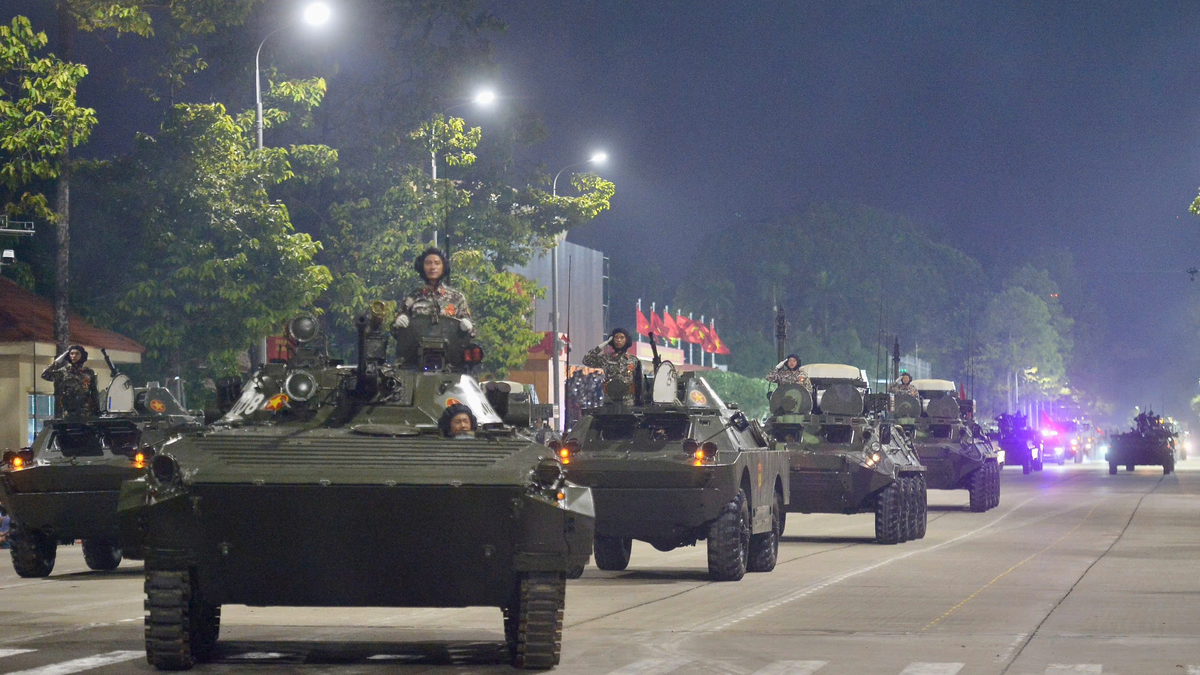


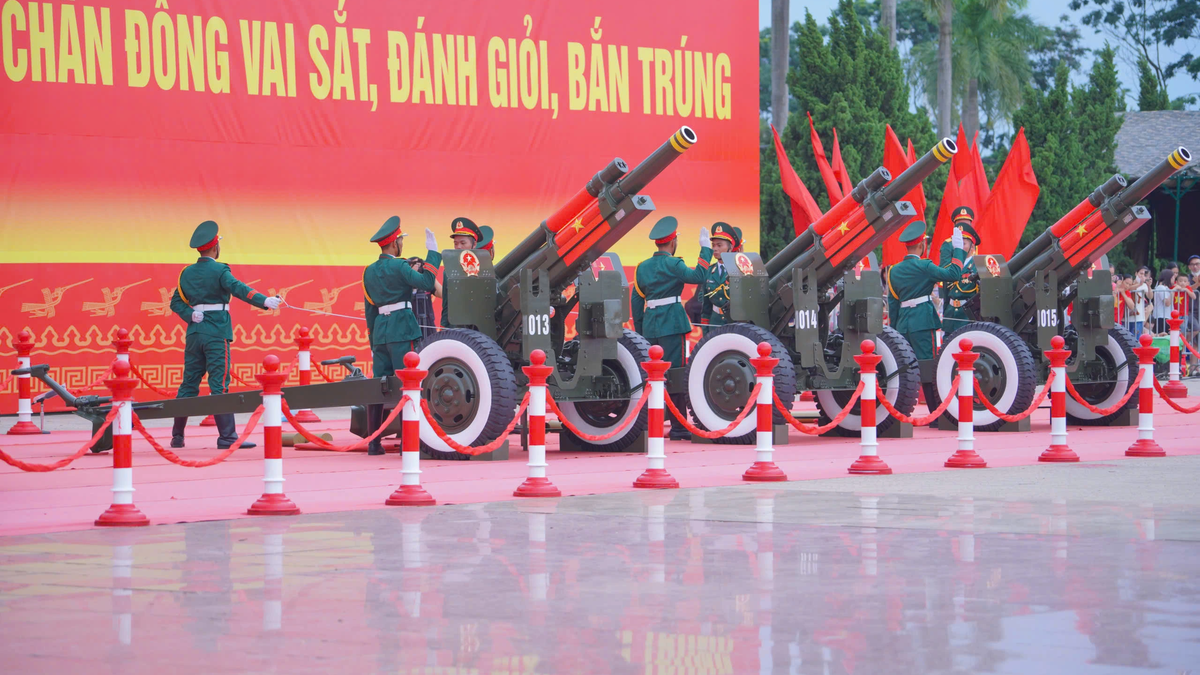


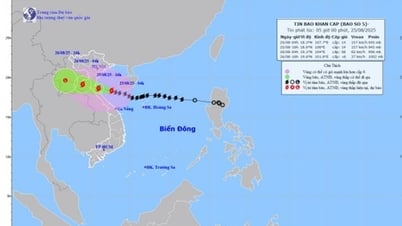

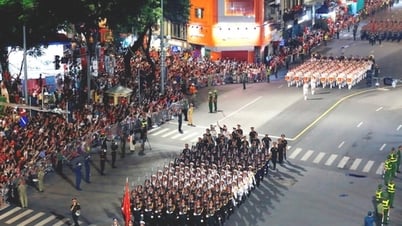

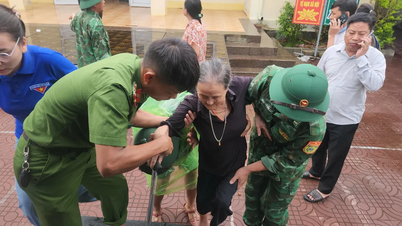











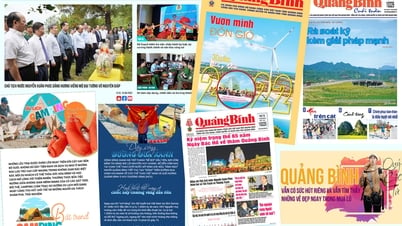





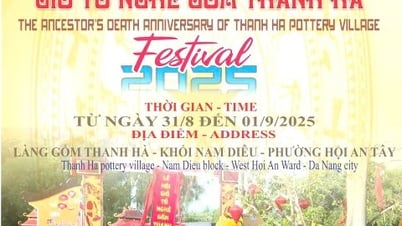



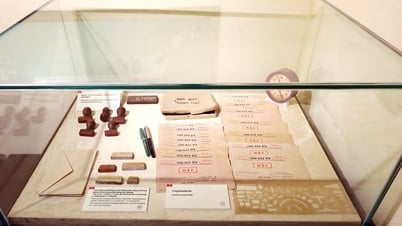
















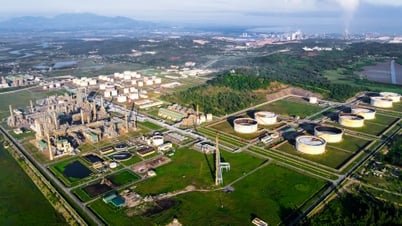










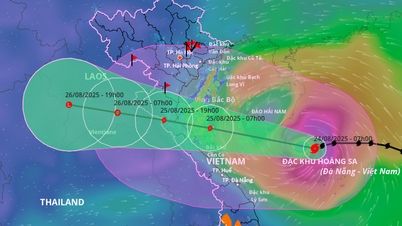












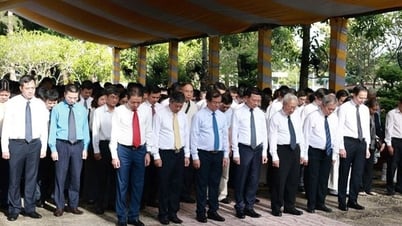



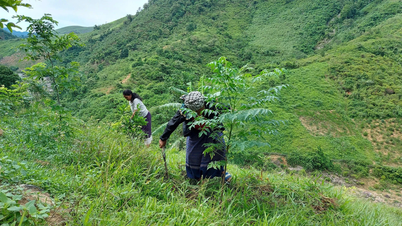

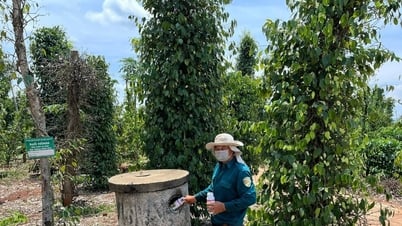





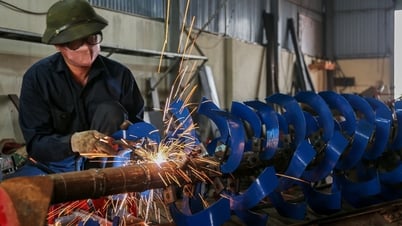
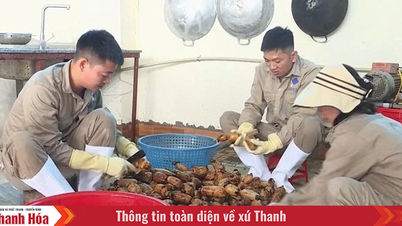





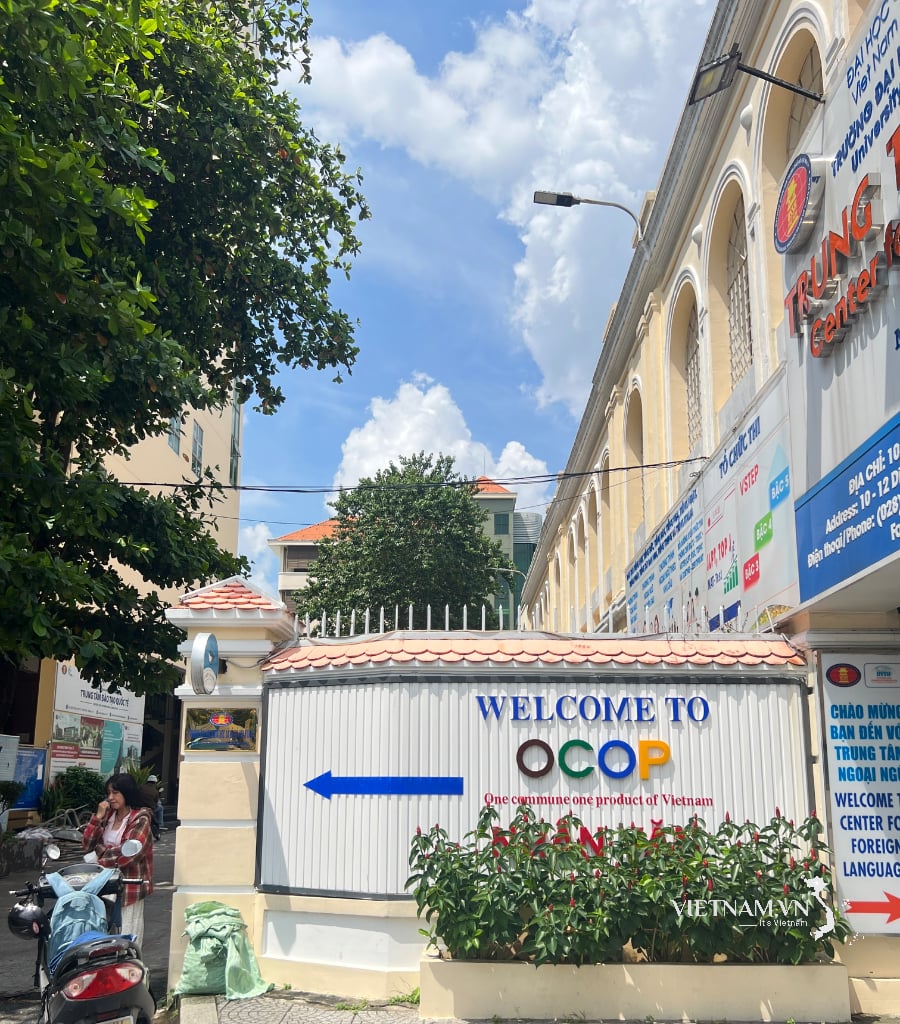


Comment (0)